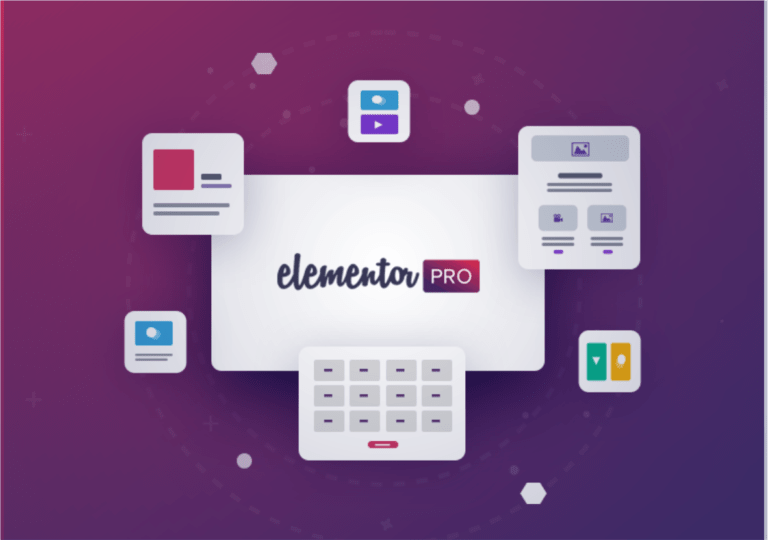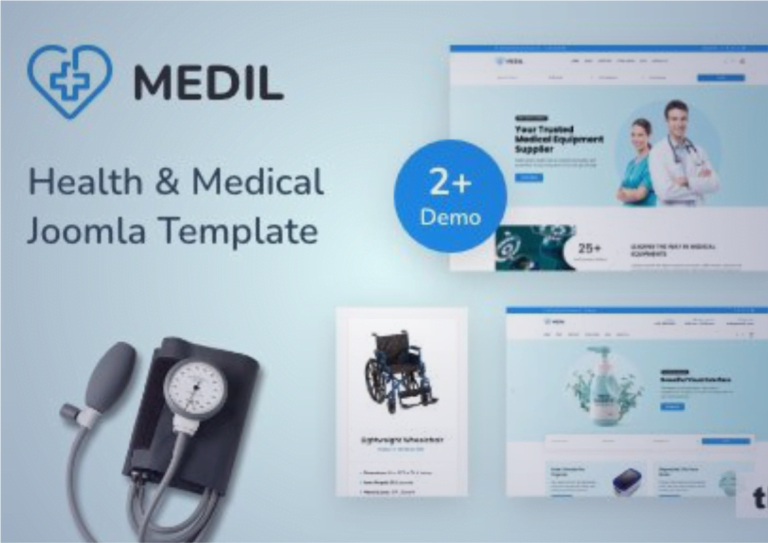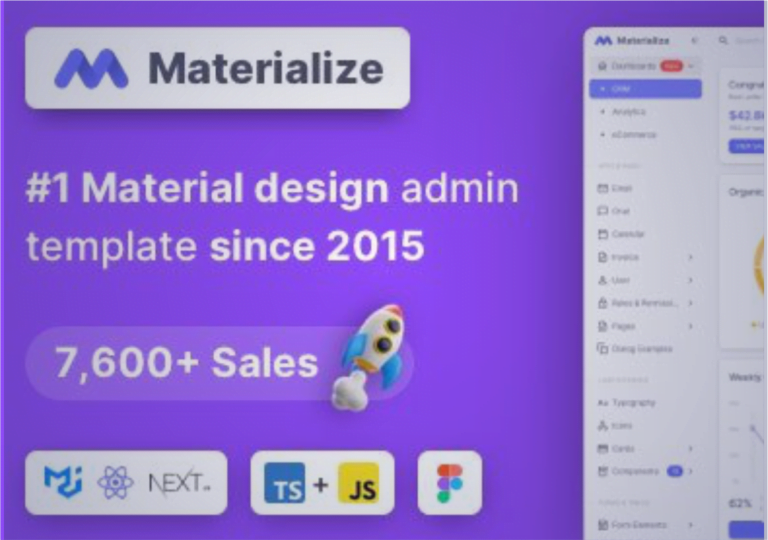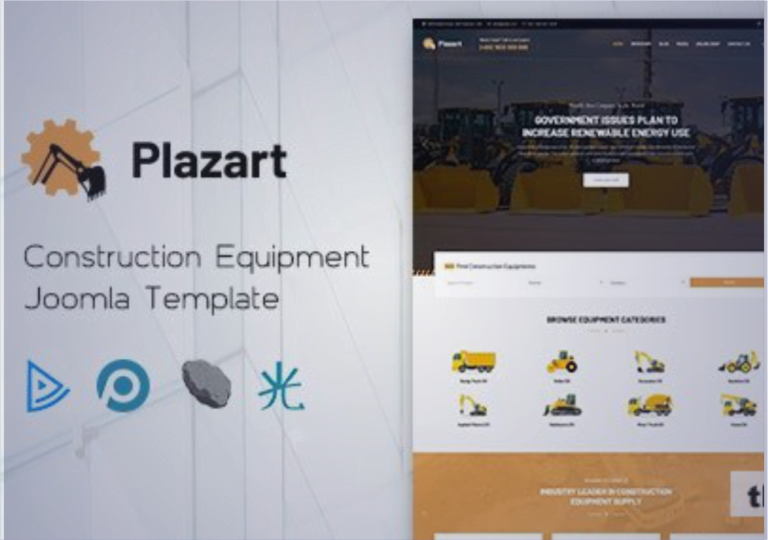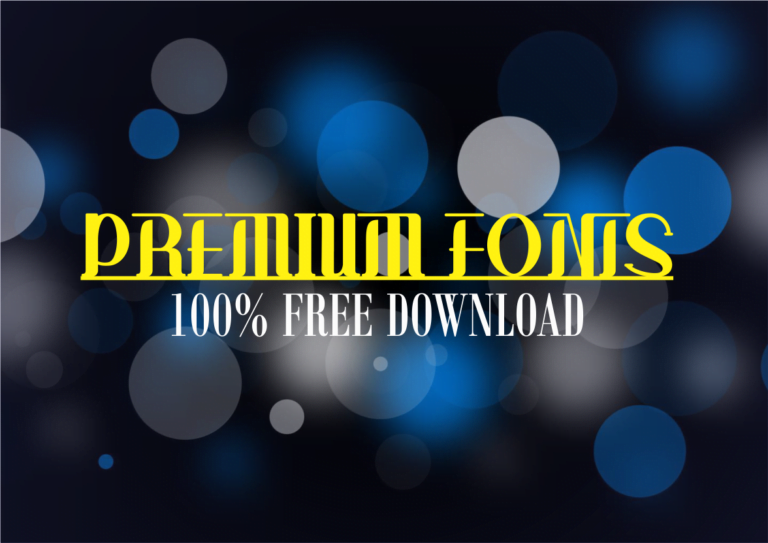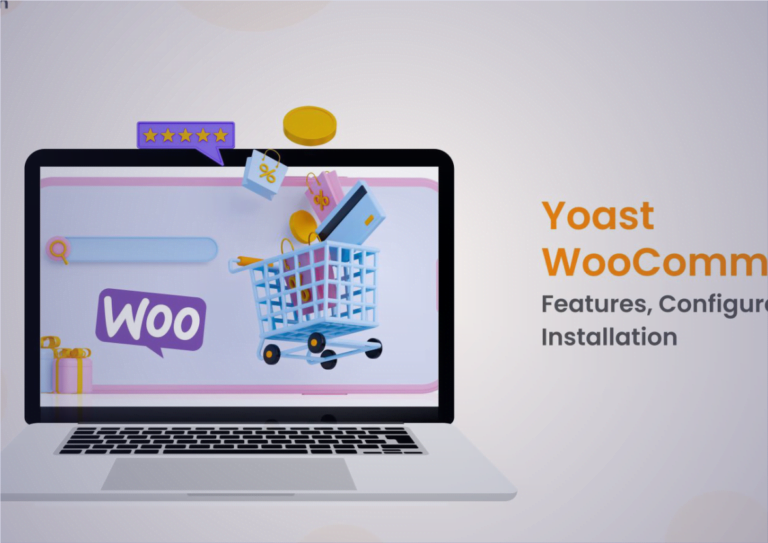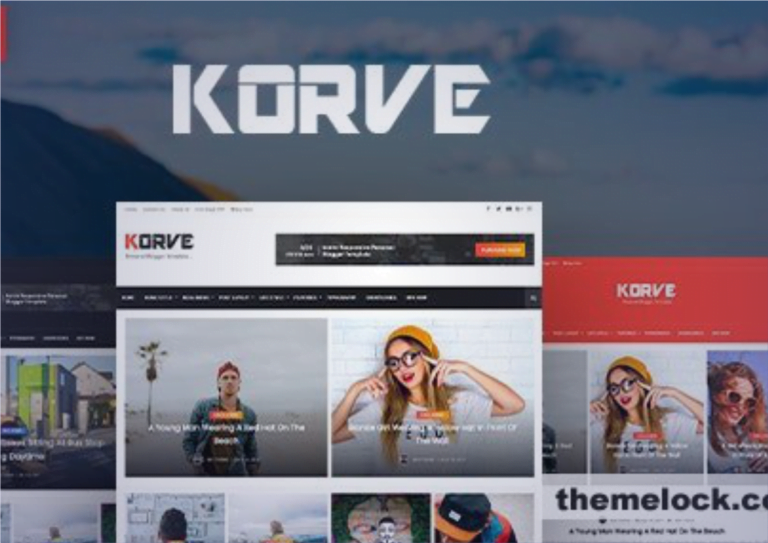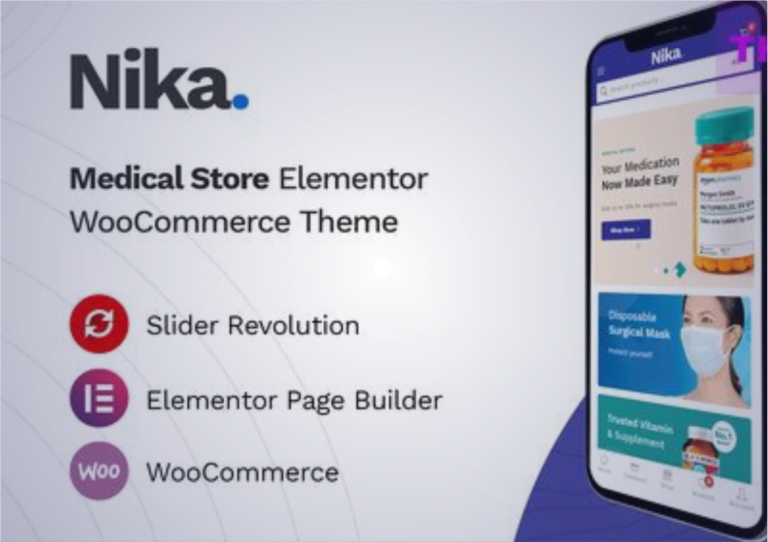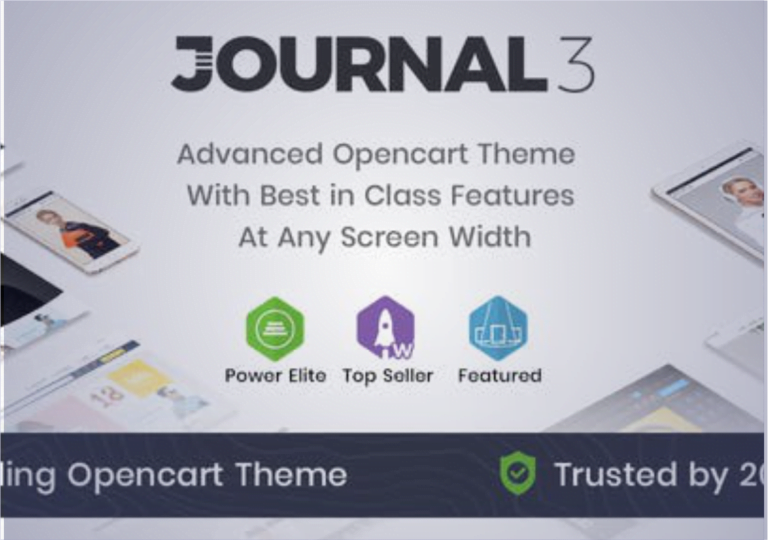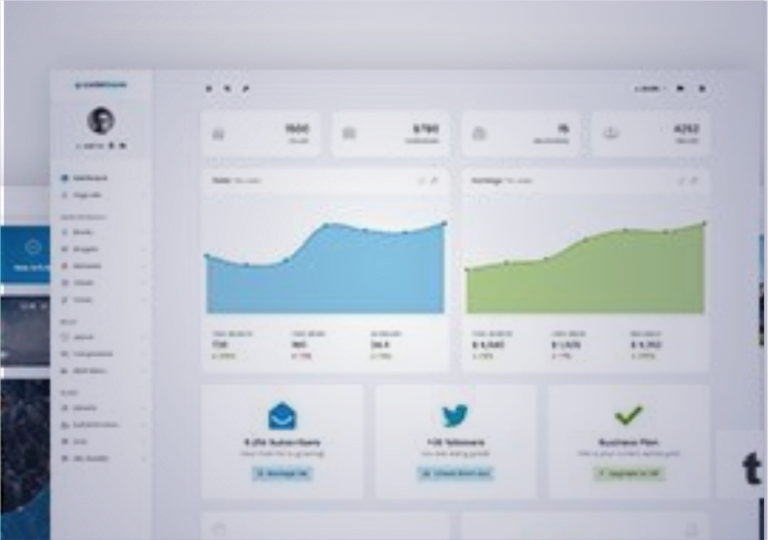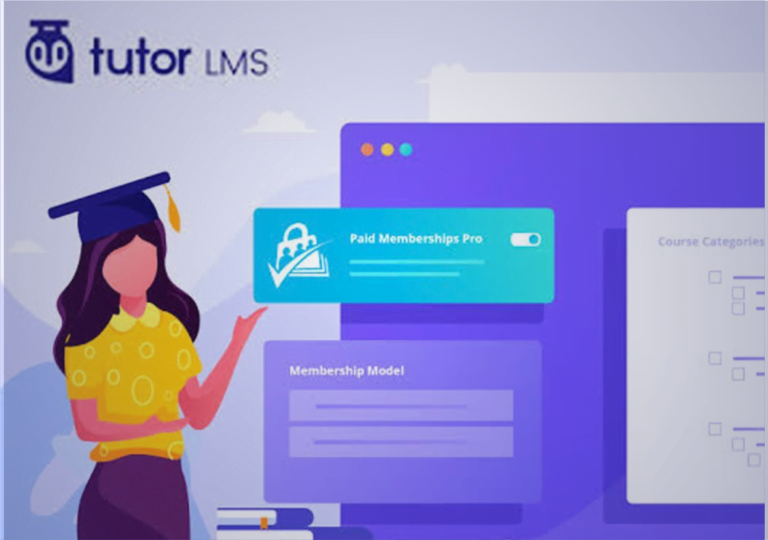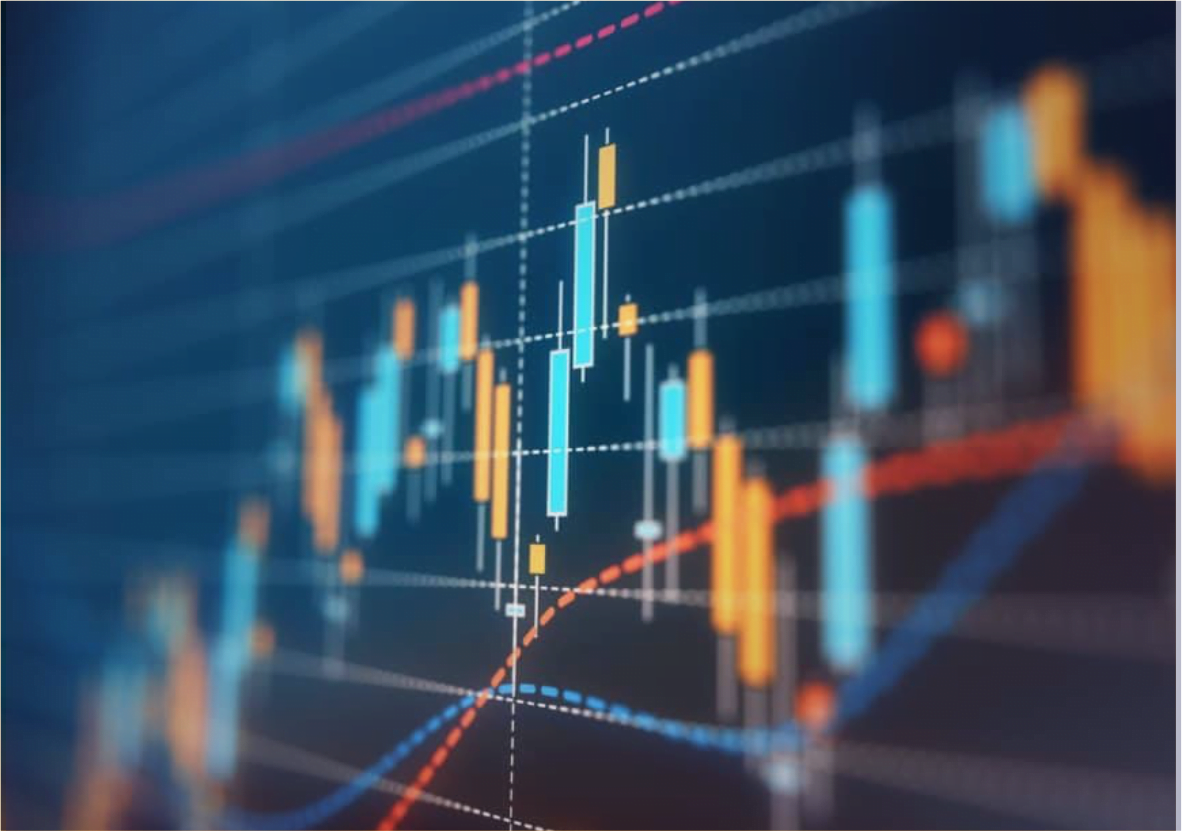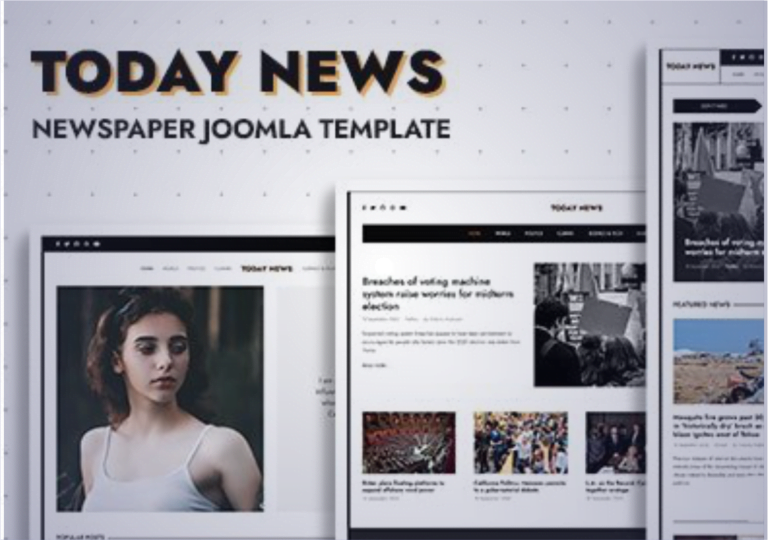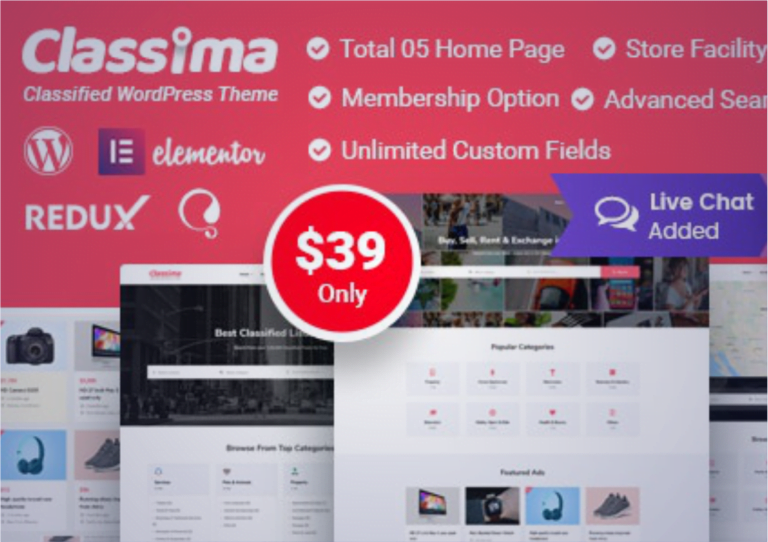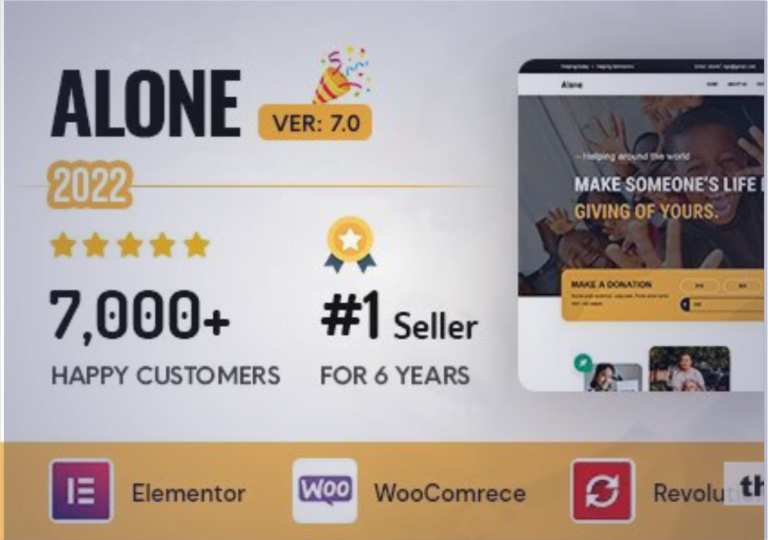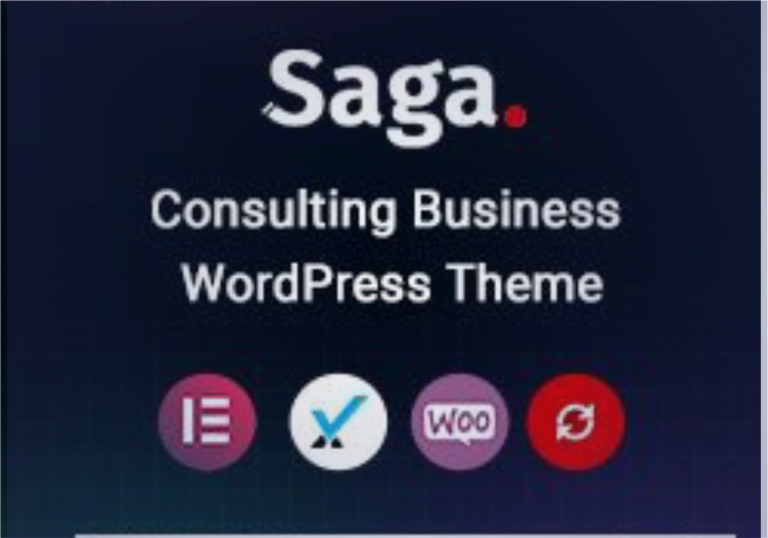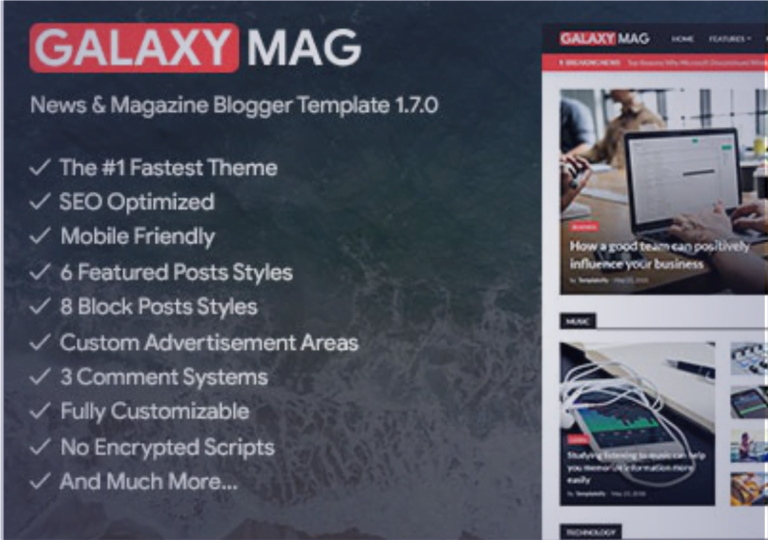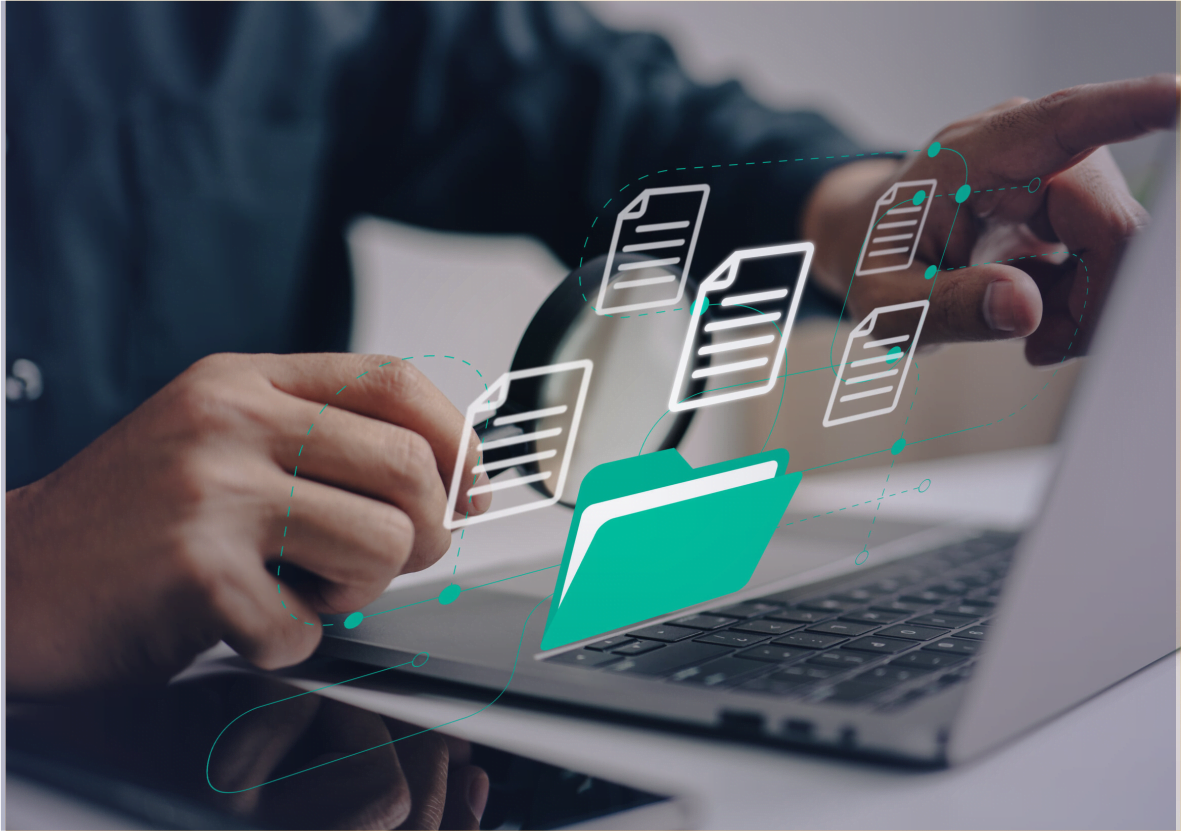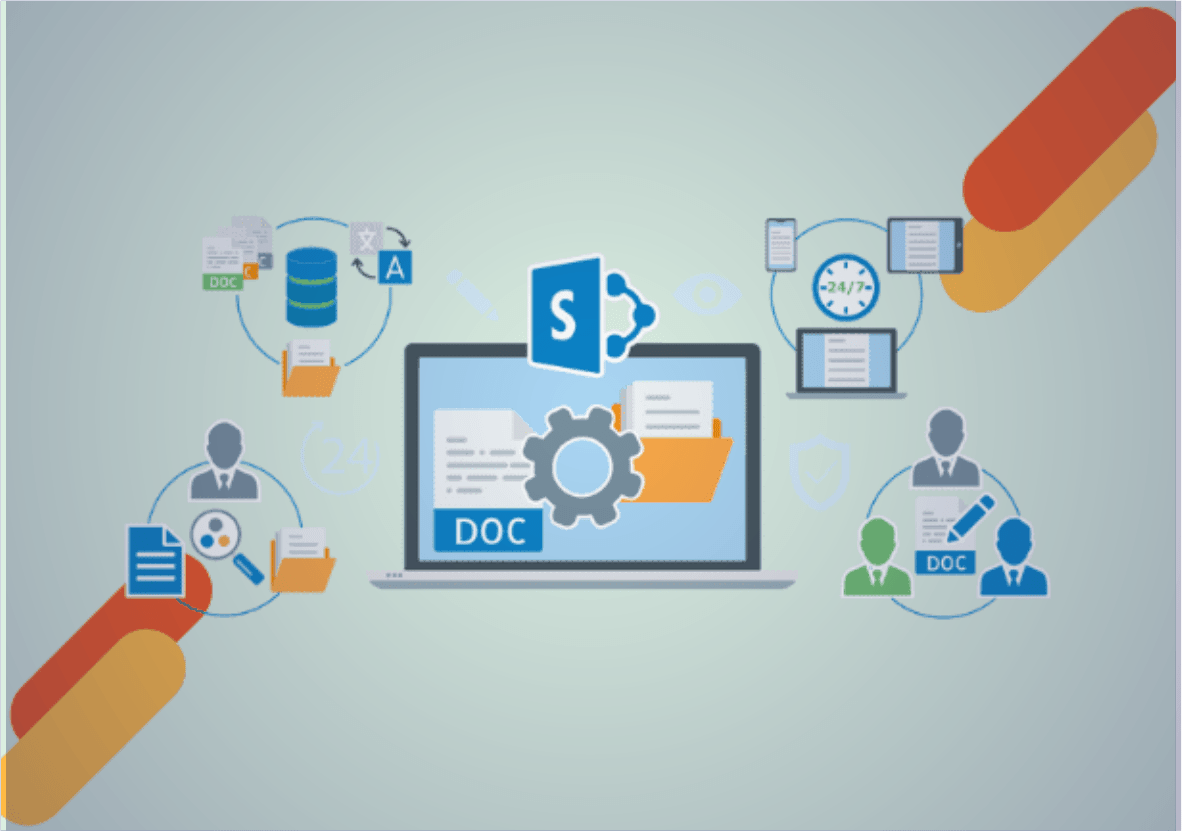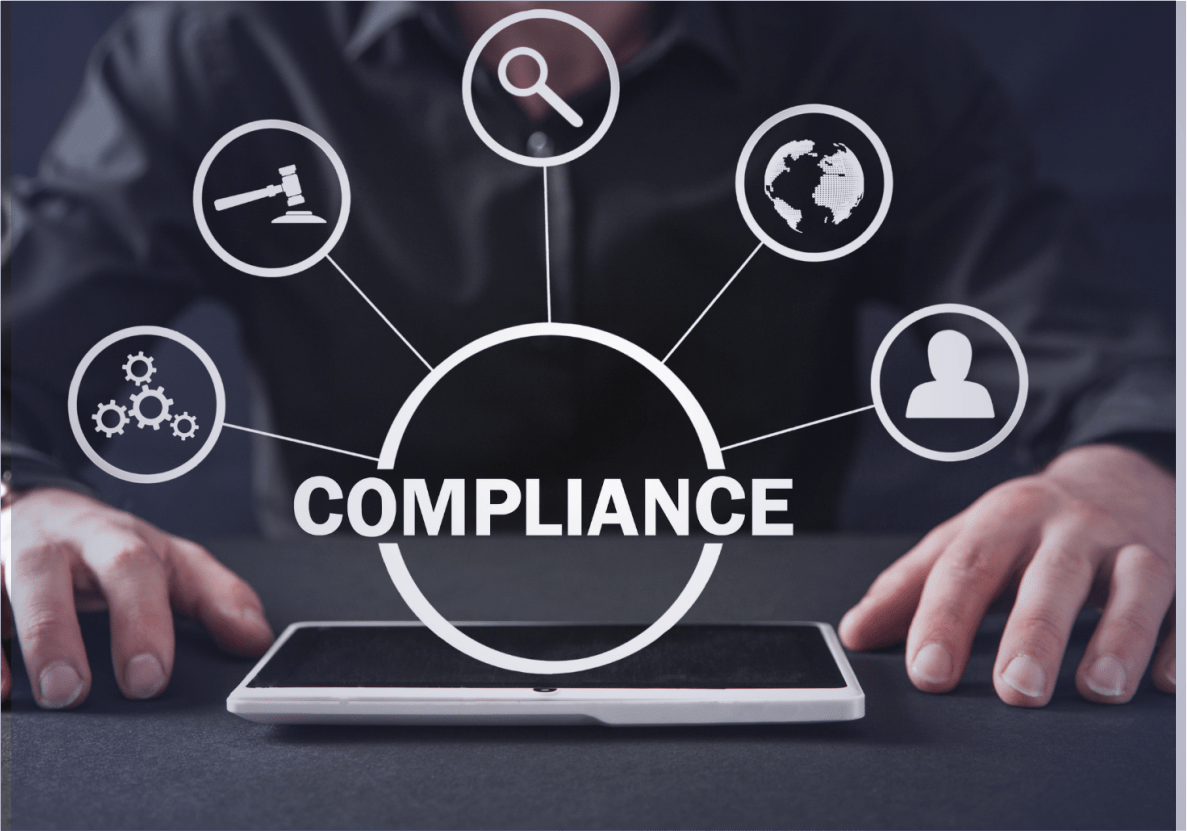Know About Forex Trading Platforms
Individual traders now have more access to the foreign exchange market, or forex, in today’s globalized world. The abundance of online forex trading platforms is mostly to blame for this accessibility. By enabling trades, giving tools for analysis, and providing instructional materials, these platforms operate as the entry point for traders to engage in the foreign exchange market.
Essentially, forex trading platforms provide traders access to the worldwide currency market, allowing them to speculate on the price fluctuations of different currency pairings. They provide a variety of features and tools to help traders analyze the market, make trading choices, and manage their holdings successfully.
What are Forex Trading Platforms?
Forex Trading platforms are software tools supplied by brokerage firms that allow traders to purchase and sell currencies on the foreign exchange market. These platforms exist in a variety of formats, including desktop programs, web-based platforms, and mobile apps. They provide access to real-time market data, charting tools, order execution capabilities, and, frequently, instructional and analytical resources.
Forex trading platforms are software programs developed by brokerage firms that allow traders to engage in the foreign exchange market. These platforms act as a middleman between traders and the forex market, allowing buy and sell orders for currencies to be executed more easily.
Key Features of Forex Trading Platforms
Everything you need to know about forex trading platforms—from their features and functionality to advice on selecting the best one for your trading requirements—will be covered in this extensive guide.
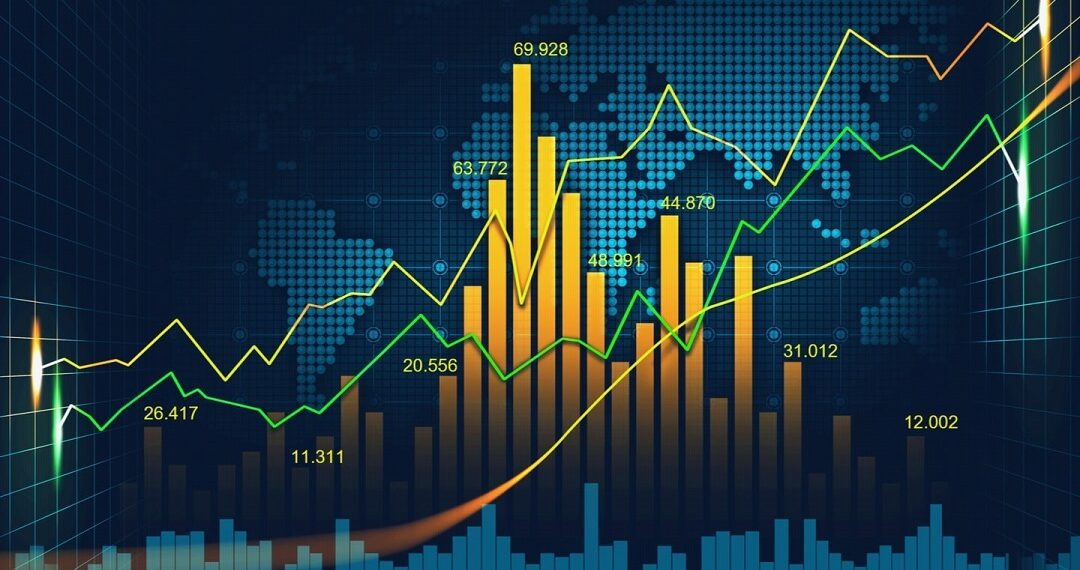
- User Interface (UI) and User Experience (UX): A user-friendly interface is essential for efficient trading. Platforms with intuitive layouts, customizable dashboards, and easy navigation enhance the user experience.
- Market Access: The platform should provide access to a wide range of currency pairs, including major, minor, and exotic pairs. Additionally, it may offer access to other financial instruments such as commodities, indices, and cryptocurrencies.
- Charting Tools: Robust charting tools are vital for technical analysis. The platform should offer various chart types, indicators, drawing tools, and timeframes to analyze price movements effectively.
- Order Types: Different trading strategies require different order types. Common order types include market orders, limit orders, stop orders, and trailing stops. A good trading platform should support a variety of order types to accommodate diverse trading styles.
- Analytical Tools: Advanced analytical tools, such as technical indicators, trend analysis, and pattern recognition, can assist traders in making informed decisions. Some platforms even offer algorithmic trading capabilities and social trading features.
- Risk Management Features: Risk management is crucial in forex trading. The platform should include risk management tools like stop-loss orders, take-profit orders, and margin monitoring to help traders mitigate losses and protect their capital.
- Mobile Trading: With the increasing prevalence of smartphones, mobile trading has become indispensable for active traders. A reliable mobile app that offers full functionality and real-time synchronization with the desktop platform allows traders to stay connected and execute trades on the go.
Types of Forex Trading Platforms
Forex Trading Platforms offer access to real-time market data, charting tools, order execution capabilities, and, in many cases, instructional and analytical resources. They also provide a variety of order types to suit different trading methods, as well as risk management tools including stop-loss orders and margin monitoring.
Desktop Platforms
Desktop trading platforms are computer programs that traders may download and install. They provide quick execution times, rapid functionality, and configurable layouts. MetaTrader 4 (MT4) and MetaTrader 5 (MT5) are two well-known desktop systems.

Web-Based Platforms
Web-based platforms may be accessed by using a web browser; no software has to be downloaded or installed. Because traders may log in from any device with an internet connection, they provide accessibility and ease. TradingView and cTrader Web are two instances of web-based systems.
Mobile Apps
With the use of mobile trading applications, traders can access their accounts and place trades from any location using smartphones and tablets. Usually, these applications have simple user interfaces and basic trading features. Prominent brokerage houses frequently provide both third-party applications like MetaTrader Mobile and their own proprietary apps.
Choosing A Forex Trading Platform
Forex trading platforms are the primary instrument for traders to input, evaluate, and execute deals in the foreign exchange market, making them essential for both new and experienced traders.
Consider Your Trading Style
Various platforms accommodate varying trading philosophies. A platform with strong charting tools and technical indicators is what you’ll need if you’re a technical trader. However, if you are more comfortable with automatic trading, search for a platform that offers algorithmic trading.
Evaluate Platform Reliability
Choose a platform supplied by a reputed brokerage business with a track record of dependability and stability. Read reviews, look at uptime data, and assess the platform’s track record of managing heavy trade volumes without interruptions.
Demo Accounts
Most brokerage firms have demo accounts, which allow you to test their trading systems using virtual funds. Use demo accounts to become acquainted with the platform’s features and functions before investing real money.

Costs and Fees
Consider the platform’s cost structure, including spreads, commissions, and overnight financing fees. While some platforms provide commission-free trading with wider spreads, others have narrower spreads yet charge commission costs on transactions.
Regulation and Security
Make sure the brokerage business providing the platform is regulated by a respectable financial body. Regulation protects investors and guarantees that the corporation follows stringent ethical standards. In addition, prioritize platforms that provide secure login methods and data encryption to protect your personal and financial information.
Customer Support
Reliable customer support is vital, especially when dealing with technical difficulties or account queries. Choose a platform that provides responsive customer care over numerous channels, including live chat, email, and phone.
Conclusion
Forex Trading Platforms are essential for enabling trading in the foreign exchange market. Whether you are a rookie trader just getting started or an experienced investor looking for additional capabilities, selecting the correct platform is critical to your trading performance.
You may choose a platform that fits your trading aims and preferences by taking into account features, dependability, affordability, regulation, and customer service. They also include risk management tools including stop-loss orders and margin monitoring, in addition to a variety of order kinds to suit different trading methods.
Remember to use demo accounts to explore multiple platforms and choose which one best meets your needs. With the correct platform and sufficient risk management, you may start your FX trading career with confidence.


